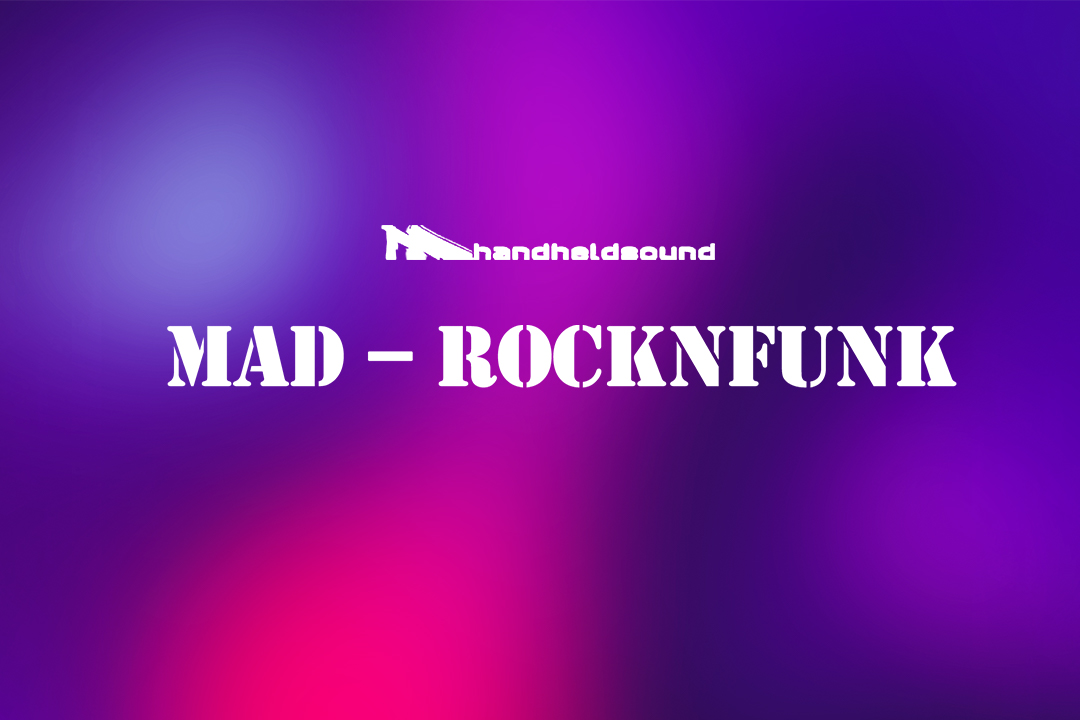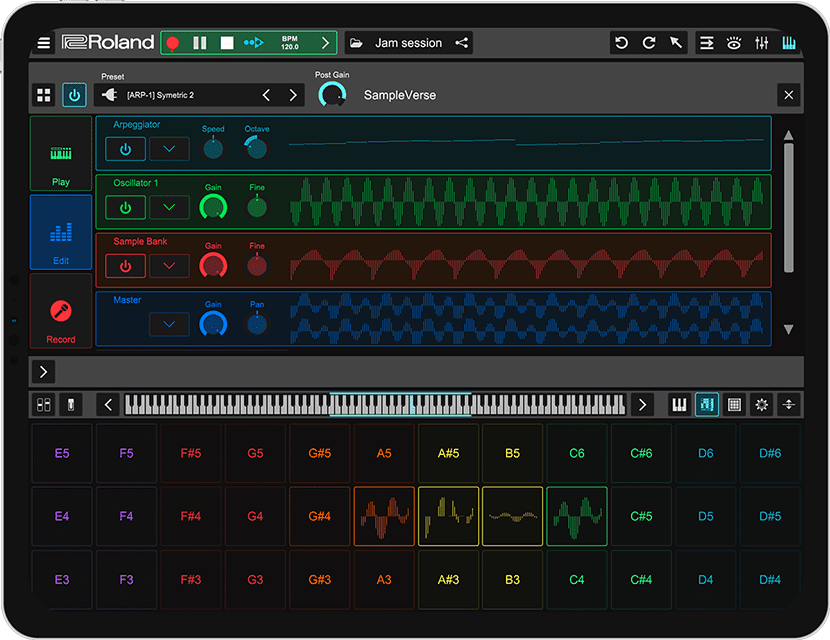It’s here! Version 3.9.0 of Sundog Song Studio has just been released, and it comes packed with new features to help you create amazing songs.
Writer’s block is one of the most frustrating things that can happen to a musician. You sit down at your instrument, ready to create, but the ideas just don’t come. No matter how hard you try, you just can’t seem to come up with anything that sounds good. If this sounds familiar, then you need Sundog.
Sundog is a unique music composition tool that makes it easy to experiment with new scales, harmonies, and melodies. With Sundog, you can go from calm, smooth, chill-out styles to energetic upbeat tunes in a matter of seconds. And best of all, Sundog will help you get rid of writer’s block once and for all.

The importance of a strong harmonic base in a song cannot be understated. Without a solid foundation of chords, the entire song can quickly fall apart. The addition of a bassline and background melodies can help to further support the chord progression and keep the song sounding cohesive.
However, it is ultimately up to the songwriter to decide whether or not a particular song idea is worth pursuing. If the initial chord progression is weak or lacks direction, it is unlikely that adding additional layers will make the song any better. In such cases, it is often best to move on to another idea.
On the other hand, if the chords are strong and there is a clear sense of melody, then building upon that foundation can result in a truly great song.
Sundog Song Studio Version 3.9.0
This update adds a brand-new Step FX to the sequencer and a Chord FX that will allow you to add harmony and texture to your tracks.
New in Sundog 3.9.0
- New Chord FX (“Advanced” area of pattern): “Remove 2nd note”, “Remove 3rd note”, “Remove 4th note”, “Move 2nd note one octave”, “Move 3rd note one octave”.
- New Step FX: “Rand. add extra note”. Adds a second note to a previously monophonic melody.
- Flexible window sizing: The user interface adjusts itself to any window width and height via stretching.
- Instrument colors: Double click on an instrument name to rename the instrument or assign a color.
- Bugfix: “File -> Export song to MIDI file” could lead to corrupt song parts in certain situations.

With Sundog, it has never been easier to experiment with new chord progressions, melodies, and basslines. Whether you’re a seasoned pro or just starting out, this software is sure to help you take your music production skills to the next level.
How to add a tropical atmosphere to your songs with two-note melodies (dyads in Sundog Song Studio)
Sundog Work with All Major DAWs
If you’re a musician who likes to compose digitally, Sundog is the software for you. It’s designed to work with all major DAWs, so you won’t have to miss a beat when you’re switching between programs.
All of Sundog’s note output happens via MIDI, so as long as you set up a virtual MIDI cable between Sundog and your DAW, you’re ready to go. You can also use Sundog to control external hardware via MIDI, making it the perfect tool for both studio and live performances.
Create New Songs and Phrases
Sundog is a powerful MIDI tool that allows you to create new songs and phrases, even without a virtual MIDI cable. It contains an own factory soundset with over 100 instruments and can export MIDI files directly to other programs.
Sundog is a great way to add new sounds and textures to your music, and with its optimized MIDI engine, you’ll be able to create stunning new compositions with ease.
Getting Started with Sundog
Music is a powerful form of expression that can evoke a wide range of emotions. When composing a song, choosing the right scale is essential for conveying the desired mood. For example, major scales tend to sound happy and upbeat, while minor scales have a more somber and melancholy feel.
Once you’ve selected the appropriate scale, you can start playing around with different notes and chords to create your melody. With a little practice, you’ll be able to craft songs that are sure to resonate with your audience.
The first thing you do is choose a scale and a base note. Take C Major for example if you want to compose a happy song, or E Minor if you write a sad ballad. Just choose a scale and play some notes. You will quickly get a feeling for the mood of the scale.
If you want to add more depth to your composition, you can experiment with different chord progressions. For instance, the I-IV-V progression is often used in pop music, while the ii-V-I progression is more common in jazz. By experimenting with different scales and progressions, you can create a wide range of musical styles.
After you have chosen your scale, the next step is to switch to the chords view. In this view, you can listen to chords by clicking on buttons.
All of the chords will fit your chosen scale. This makes it easy to find chords that sound good together. You can also experiment with different chord progressions. This can help you to create interesting-sounding melodies.
A chord progression is simply a series of chords played in order. The most common chord progressions are based around the I, IV, and V chords, which are the first, fourth, and fifth chords in a major scale. For example, in the key of C, the I chord is C, the IV chord is F, and the V chord is G.
A popular chord progression is known as the 12-bar blues progression, which uses the I, IV, and V chords in a repeating pattern. Once you have decided on a chord progression, you can start to add melody and lyrics over top. With a little practice, you’ll be able to write songs that sound great using just a few simple chords.
If you’re a musician, then you know how important it is to create harmonious melodies. The last thing you want is for your music to sound discordant and off-key. Fortunately, there’s an easy way to ensure that your melodies always sound harmonious.
Simply create your melodies in the chords view of your music software. This way, you can ensure that all of your notes are in key with the underlying chords. And if you ever need to change the chords, all of your melodies will automatically update to match. As a result, you’ll be able to create beautiful, harmonious music with ease.
Conclusion
If you’re a musician, you know that practice makes perfect. But what if you could get some help from a computer program? That’s where Sundog comes in.
This software is designed to help you create and experiment with chords and base notes, so you can find the perfect sound for your next song. And the best part is that it’s easy to use. Just load up your favorite audio files and start playing around. You’ll be surprised how quickly you can go from calm to energetic tunes.
Sundog is the best way to play around with chords and base notes. You can go from calm, smooth, chill-out styles to energetic upbeat tunes in a matter of seconds. Sundog is the perfect way to play around with chords and base notes. You can go from calm, smooth, chill-out styles to energetic upbeat tunes in a matter of seconds. With Sundog, you can get great results quickly and easily.
Sundog Song Studio has been updated to version 3.9.0, which introduces a new Step and Chord FX to the sequencer. This makes it easier than ever to experiment with new scales, harmonies, and melodies. Additionally, Sundog Song Studio can now export MIDI files directly to other programs, making it a perfect tool for any musician.
Why not try Sundog Song Studio today? With its easy-to-use interface and powerful features, you’ll be able to write songs that sound great in no time. So what are you waiting for? Get started today and see what Sundog Song Studio can do for you. Thanks for reading!










